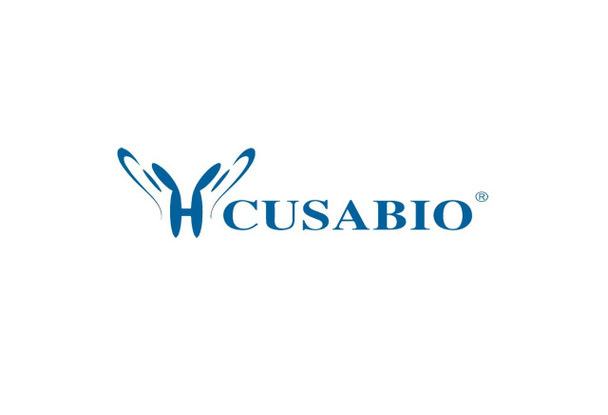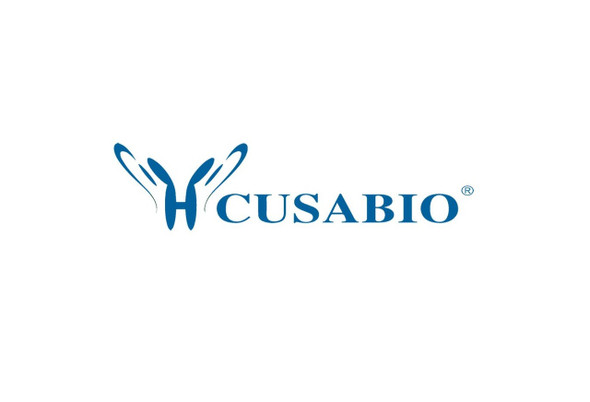Cusabio Active Proteins
Recombinant Mouse Hepatitis A virus cellular receptor 2 homolog (Havcr2), partial (Active) | CSB-AP005341MO
- SKU:
- CSB-AP005341MO
- Availability:
- 5 to 10 Working Days
Description
Recombinant Mouse Hepatitis A virus cellular receptor 2 homolog (Havcr2) ,partial (Active) | CSB-AP005341MO | Cusabio
Protein Description: Extracellular Domain
Alternative Name (s) : Hepatitis A virus cellular receptor 2 homolog; HAVcr-2; T-cell immunoglobulin and mucin domain-containing protein 3; T-cell immunoglobulin mucin receptor 3; T-cell membrane protein 3; Tim3; Timd3
Gene Names: Havcr2
Research Areas: Immunology
Species: Mus musculus (Mouse)
Source: Mammalian cell
Tag Info: C-terminal Fc-tagged
Expression Region: 20-191aa
Sequence Info: RSLENAYVFEVGKNAYLPCSYTLSTPGALVPMCWGKGFCPWSQCTNELLRTDERNVTYQKSSRYQLKGDLNKGDVSLIIKNVTLDDHGTYCCRIQFPGLMNDKKLELKLDIKAAKVTPAQTAHGDSTTASPRTLTTERNGSETQTLVTLHNNNGTKISTWADEIKDSGETIR
Biological Activity: The ED50 as determined by its ability to bind Human Galectin 9 in functional ELISA is less than 20 ug/ml.
MW: 46.3 kDa
Purity: Greater than 90% as determined by SDS-PAGE.
Endotoxin: Less than 1.0 EU/µg as determined by LAL method.
Relevance: T cell immunoglobulin and mucin domain-3 (TIM3) , also called hepatitis A virus cellular receptor 2 (HAVCR2) , is a transmembrane glycoprotein of the TIM family of immune regulating molecules and plays an important role in the Th1-mediated immune response. TIM3 is expressed on the Th1 cells, CD8 T-cells, monocytes, and dendritic cells, but not on Th2 cells. TIM3 expressed by monocytes and dendritic cells facilitates phagocytosis of apoptotic cells and up-regulates cross-presentation of apoptotic cell-associated antigens through interaction with phosphatidylserine. Engagement of TIM3 by its ligand galectin-9 induces a range of immunosuppressive functions which enhance immune tolerance and inhibit anti-tumor immunity. Stimulation of TIM3 with an agonistic antibody promotes inflammation through the activation of innate immune cells. TIM3 is also regarded as a potential target molecule for immunotherapy. TIM3 and programmed cell death 1 (PD-1) as two important coinhibitory regulators of T cell responses, have been implicated with the T-cell dysfunction or exhaustion associated with chronic HBV infection including HBV-related HCC.
PubMed ID:
Notes: Repeated freezing and thawing is not recommended. Store working aliquots at 4℃ for up to one week.
Function: Cell surface receptor implicated in modulating innate and adaptive immune responses. Generally accepted to have an inhibiting function. Reports on stimulating functions suggest that the activity may be influenced by the cellular context and/or the respective ligand
Involvement in disease:
Subcellular Location: Isoform 1: Membrane, Single-pass type I membrane protein, Cell junction
Protein Families: Immunoglobulin superfamily, TIM family
Tissue Specificity: Expressed in T-helper type 1 lymphocytes. Not expressed by naive T-cells but up-regulated as they differentiate into T-helper-1 cells. Also expressed by differentiated type 1 CD8+ cytotoxic T-cells. Expressed on peritoneal exudate macrophages, monocytes, and splenic dendritic cells (DCs) . Expression on natural killer (NK) cells is inversely associated with IFN-gamma production during the initial 24 h of LPS-induced endotoxic shock. Expressed on mast cells.
Paythway:
Form: Lyophilized powder
Buffer: Lyophilized from a 0.2 μm filtered 1xPBS, pH 7.4
Reconstitution: We recommend that this vial be briefly centrifuged prior to opening to bring the contents to the bottom. Please reconstitute protein in deionized sterile water to a concentration of 0.1-1.0 mg/mL.We recommend to add 5-50% of glycerol (final concentration) and aliquot for long-term storage at -20℃/-80℃. Our default final concentration of glycerol is 50%. Customers could use it as reference.
Uniprot ID: Q8VIM0
Uniprot Entry Name:
HGNC Database Link: N/A
UniGene Database Link: UniGene
KEGG Database Link: KEGG
STRING Database Link: STRING
OMIM Database Link: N/A









